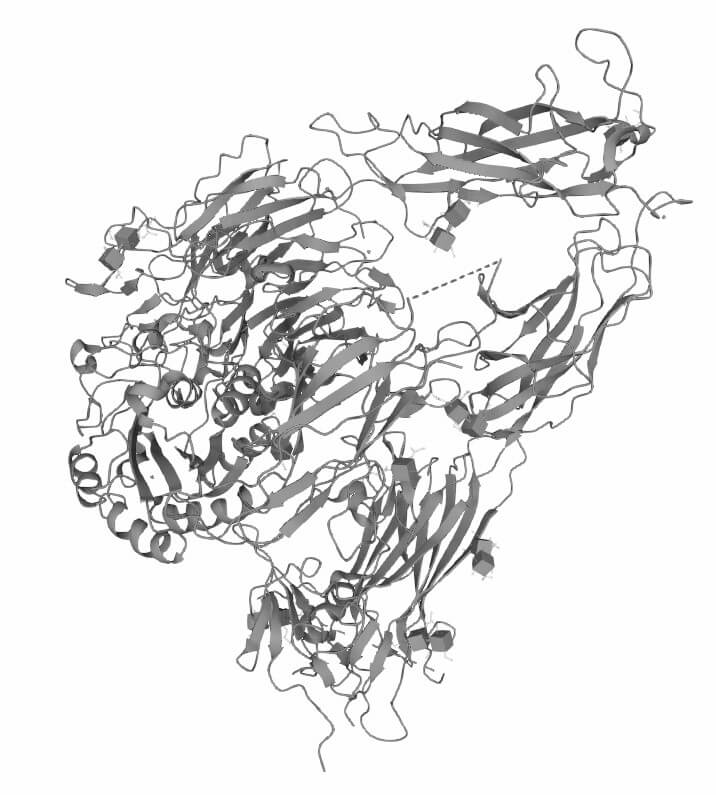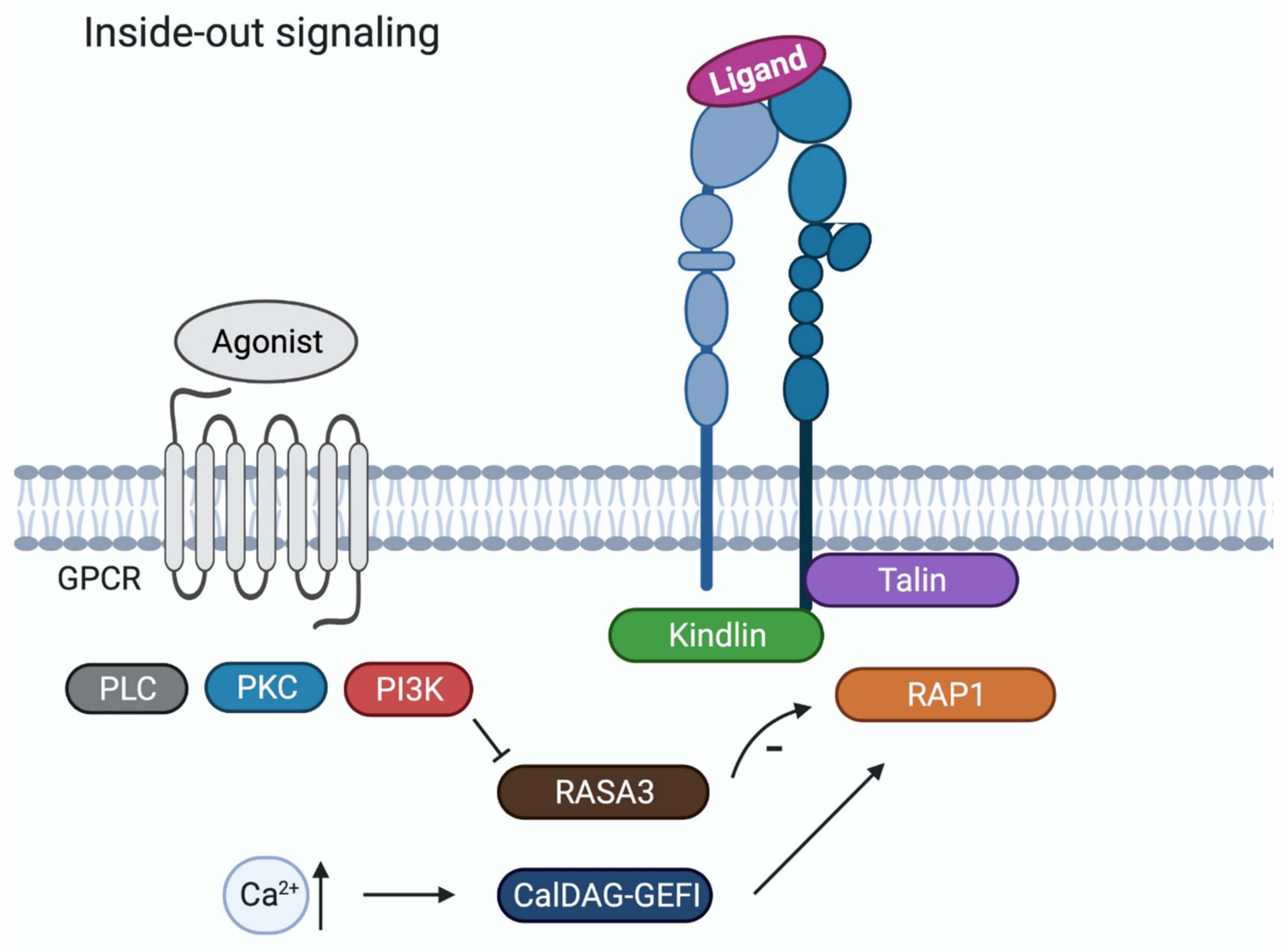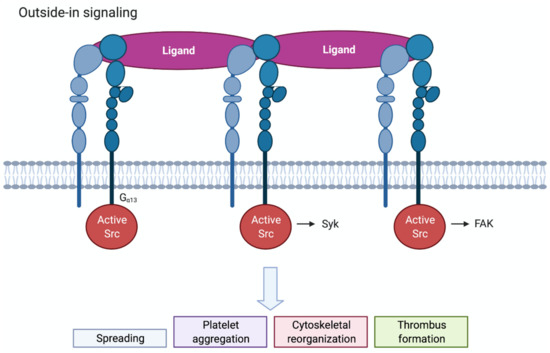Tadocizumab Overview
Introduction of Tadocizumab
Tadocizumab is a recombinant antibody Fab fragment specifically intended to target and inhibit integrin alpha 2b beta 3 (αIIbβ3). Integrin alpha 2b beta 3, also known as glycoprotein IIb/IIIa (GPIIbIIIa), is a vital integrin found on the surface of platelets and some other cell types. This integrin consists of two subunits: the alpha 2b (αIIb) and beta 3 (β3) chains. This heterodimeric protein plays a crucial role in hemostasis, facilitating platelet aggregation and adhesion to the extracellular matrix and to each other during blood clot formation. The binding of ligands such as fibrinogen, von Willebrand factor, and other extracellular matrix proteins activates αIIbβ3, promoting platelet aggregation, which is essential for forming stable blood clots and preventing excessive bleeding. In addition to its role in hemostasis, integrin αIIbβ3 is involved in various cellular functions, including signaling pathways that influence cell survival, migration, and shape. αIIbβ3 is a promising target for antiplatelet therapies due to its pivotal role in thrombus formation. Some glycoprotein IIb/IIIa inhibitors, such as tadocizumab, are extensively employed to prevent clot formation in patients at high risk of cardiovascular events.
Biological and Chemical Properties of Integrin Beta-3
Protein Structure
 Figure 1. The Structure of Human Integrin Beta-3 (UniProt)1,2
Figure 1. The Structure of Human Integrin Beta-3 (UniProt)1,2
The Mechanism of Tadocizumab Action
Tadocizumab is a humanized monoclonal antibody Fab fragment designed to bind to integrin alpha 2b beta 3 (αIIbβ3) and prevent its downstream signaling pathways. Integrin α2bβ3 plays a crucial role in platelet aggregation and is associated with several diseases, particularly cardiovascular conditions and hematological disorders. This integrin facilitates the binding of platelets to fibrinogen and other extracellular matrix proteins, influencing thrombosis and hemostasis. In acute coronary syndrome (ACS) and ischemic stroke, patients exhibit elevated levels of integrin α2bβ3, which may lead to increased platelet activation and aggregation. Studies have shown that patients with unstable angina or myocardial infarction have higher expression levels of this integrin compared to healthy individuals, with some studies indicating a rise of up to 30% in expression levels during acute events. Another research indicates that patients with ischemic stroke often exhibit significantly increased integrin expression, with studies reporting a 50% increase in platelet α2bβ3 levels. Besides, integrin α2bβ3 is elevated in various thrombotic disorders like thrombotic thrombocytopenic purpura (TTP) and chronic myeloid leukemia (CML), contributing to increased platelet aggregation, activation, and thrombosis risk.
 Figure 2. Schematic Overview of Inside-out Signaling in Platelets3,4
Figure 2. Schematic Overview of Inside-out Signaling in Platelets3,4
The mechanism of tadocizumab action is closely associated with integrin α2bβ3. There are two types of α2bβ3-mediated platelet signaling, designated as inside-out signaling and outside-in signaling respectively. In inside-out signaling, receptors interact with agonists such as thrombin or collagen, leading to increased affinity of α2bβ3 for fibrinogen and von Willebrand factor. Upon activation, α2bβ3 then stimulates several intracellular signaling pathways, including the phosphoinositide 3-kinase (PI3K) pathway, which promotes further platelet activation and aggregation. Elevated levels of integrin α2bβ3 can also enhance the inflammatory response, leading to increased vascular permeability and further complications in cardiovascular diseases. In outside-in signaling, integrin aggregation initiates signaling and leads to c-Src activation, which regulates downstream signaling via tyrosine phosphorylation, resulting in spreading, platelet aggregation, cytoskeletal reorganization, and thrombus formation. Understanding α2bβ3's role can aid in developing targeted therapies, particularly in managing thrombotic disorders and preventing adverse cardiovascular events. Continued research into the specific mechanisms of integrin α2bβ3 will enhance insights into its potential as a therapeutic target.
 Figure 3. Schematic Overview of Outside-in Signaling in Platelets3,4
Figure 3. Schematic Overview of Outside-in Signaling in Platelets3,4
What We Provide
Anti-Human Integrin Alpha 2b Beta 3 Recombinant Antibody Fab Fragment (Tadocizumab)
We provide high-quality tadocizumab for use in FC, IP, ELISA, Neut, FuncS, IF, ICC and most other immunological methods. The product is for lab research use only, not for diagnostic, therapeutic, or any in vivo human use.
- Immunogen
- The details of the immunogen for this antibody are not available.
- Host Species
- Mouse
- Derivation
- Humanized (from mouse)
- Type
- Fab - G1 - kappa
- Specificity
- Tested positive against native human antigen.
- Species Reactivity
- Human
- Applications
- Suitable for use in FC, IP, ELISA, Neut, FuncS, IF, ICC and most other immunological methods.
- CAS
- 339086-80-5
- Generic Name
- Tadocizumab
- UNII
- R34T642CGV
- MW
- 47.6 kDa
- Related Disease
- Platelet aggregation
- UniProt Database (https://www.uniprot.org/uniprotkb/P05106/entry#structure)
- The image was retrieved from UniProt Database and used under [CC BY 4.0] without modification.
- van den Kerkhof, Danique L., et al. "Exogenous integrin αIIbβ3 inhibitors revisited: past, present and future applications." International journal of molecular sciences 22.7 (2021): 3366.
- The images retrieved from Figure 2 and Figure 3 "Exogenous integrin αIIbβ3 inhibitors revisited: past, present and future applications." van den Kerkhof, Danique L., 2021, is used under [CC BY 4.0]. The images and titles were not modified.
For research use only. Not intended for any clinical use.
This site is protected by reCAPTCHA and the Google Privacy Policy and Terms of Service apply.

